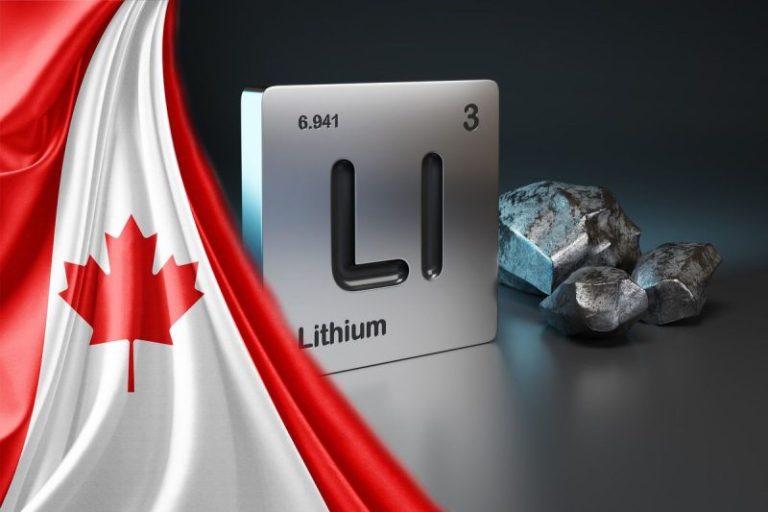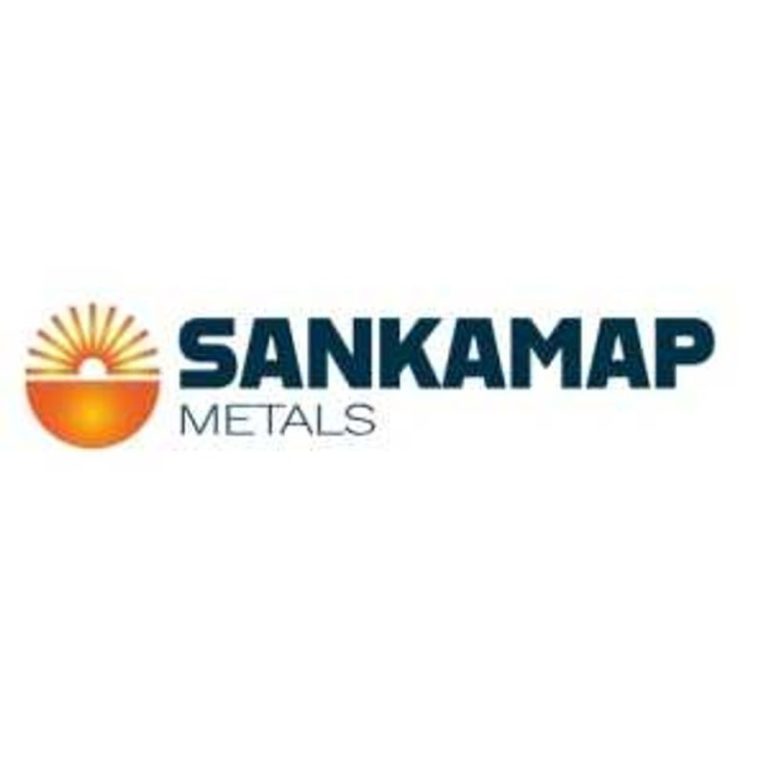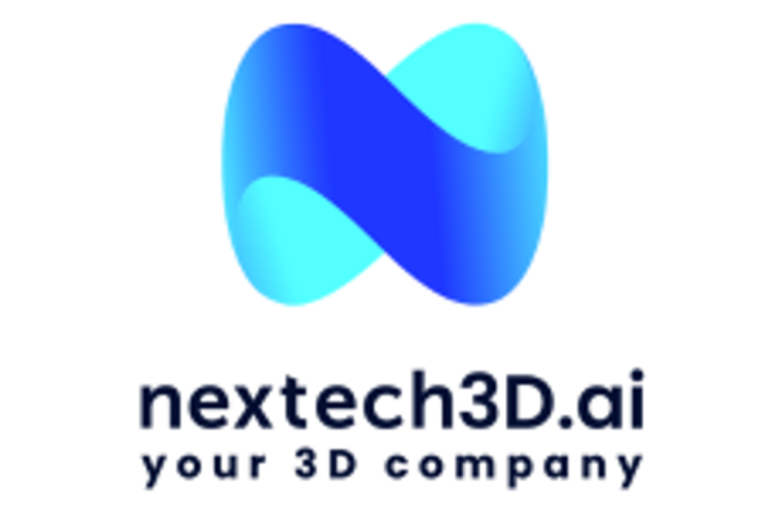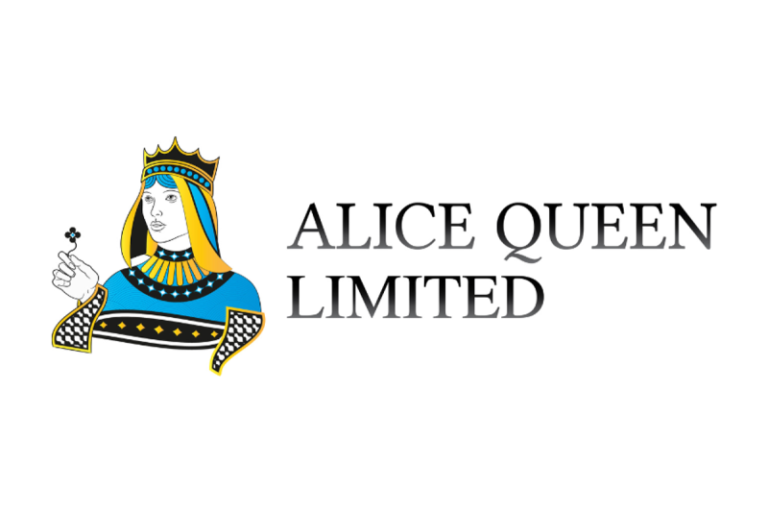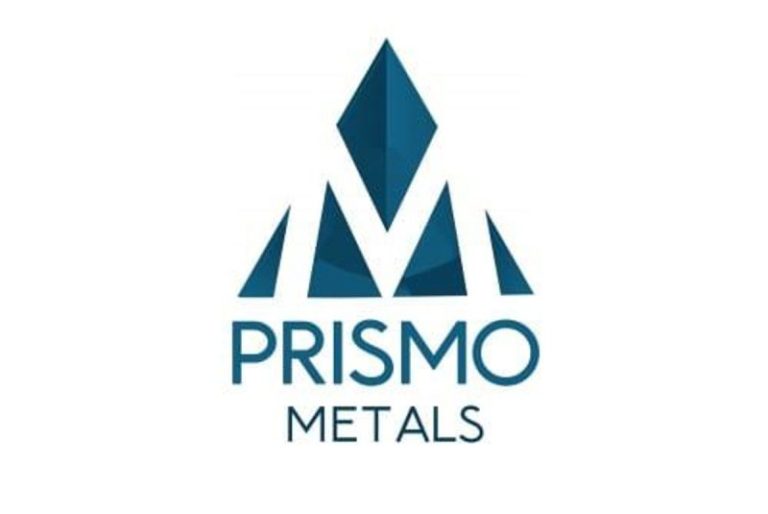The global lithium market saw sharp swings in Q3 2025 as shifting supply dynamics, policy uncertainty, and geopolitical developments reshaped investor sentiment.
After hitting a four-year low in June, benchmark lithium carbonate prices briefly surged to an 11 month high in August on speculation of Australian supply cuts, before easing to US$11,185 per metric ton by quarter’s end.
Market watchers say sentiment-driven moves continue to dominate a sector still facing oversupply, while US policy shifts and China’s regulatory measures add further uncertainty to the outlook.
Against this backdrop, Canadian lithium stocks are gaining attention as investors look for companies positioned to benefit from long-term demand growth while navigating short-term price pressure.
1. Consolidated Lithium Metals (TSXV:CLM)
Year-to-date gain: 500 percent
Market cap: C$23.36 million
Share price: C$0.060
Consolidated Lithium Metals is a Canadian junior exploration company focused on acquiring, developing and advancing lithium projects in Québec. Its properties — Vallée, Baillargé, Preissac-LaCorne and Duval — are located within the spodumene-rich La Corne Batholith area, near the restarted North American Lithium mine, a key area in Canada’s growing lithium sector.
Consolidated Lithium started the year with a C$300 million private placement earmarked for working capital and general corporate purposes.
In July, the company commenced its 2025 summer exploration program at the Preissac project, excavating a 100-by-30-meter trench in an area with a known lithium soil anomaly, uncovering an 18-meter-wide pegmatite body at surface.
Twenty-five channel samples were collected and sent for analysis, while additional soil and biogeochemical sampling was conducted to further assess lithium-bearing pegmatites on site.
At the end of August, Consolidated Lithium signed a non-binding letter of intent with SOQUEM, a subsidiary of Investissement Québec, to acquire an option to earn up to an 80 percent interest in the Kwyjibo rare earth project.
The project is located roughly 125 kilometers northeast of Sept-Îles in Québec’s Côte-Nord region.
The acquisition news led to a share price spike for the company. While the company has made no recent announcements, an uptick in lithium prices in October helped Consolidated shares rally further to a year-to-date high of C$0.06 on October 22 and again on October 28.
2. Stria Lithium (TSXV:SRA)
Year-to-date gain: 416.67 percent
Market cap: C$12.22 million
Share price: C$0.31
Stria Lithium is a Canadian exploration company focused on developing domestic lithium resources to support the growing demand for electric vehicles and lithium-ion batteries.
The company’s flagship Central Pontax lithium project spans 36 square kilometers in Québec’s Eeyou Istchee James Bay region.
Cygnus Metals (TSXV:CYG) has an earn-in agreement with Stria to earn up to a 70 percent interest in the Pontax project. Cygnus completed the first stage in July 2023, acquiring a 51 percent interest by investing C$4 million in exploration and issuing over 9 million shares to Stria.
Through its joint venture with Cygnus, Stria has outlined a JORC-compliant maiden inferred resource of 10.1 million metric tons grading 1.04 percent Li2O.
At the start of 2025 Stria closed a non-brokered private placement for C$650,000. The funds will be used in part for the evaluation of new mineral opportunities, according to the company.
In May, Stria and Cygnus agreed to extend the second stage of Cygnus’s earn-in agreement on the Pontax lithium project by 24 months.
Shares of Stria registered a year-to-date high of C$0.38 on October 16, coinciding with rising lithium prices.
3. Lithium South Development (TSXV:LIS)
Year-to-date gain: 280 percent
Market cap: C$42.79 million
Share price: C$0.38
Canada-based Lithium South Development owns 100 percent of the HMN lithium project in Argentina’s Salta and Catamarca provinces, situated in the heart of the lithium-rich Hombre Muerto Salar. The project lies adjacent to active lithium operations, including Rio Tinto’s (ASX:RIO,NYSE:RIO,LSE:RIO) lithium operations to the south and South Korean company POSCO Holdings’ (NYSE:PKX,KRX:005490) billion-dollar lithium development to the east.
Exploration has defined a NI 43-101 compliant resource of 1.58 million metric tons of lithium carbonate equivalent (LCE) at an average grade of 736 milligrams per liter lithium, with the majority in the measured category.
A preliminary economic assessment outlines the potential for a 15,600 metric ton per year lithium carbonate operation, and the company is advancing the project toward a feasibility study.
In January 2024, Lithium South and POSCO signed an agreement to jointly develop the HMN lithium project. Under the deal, the companies will share production 50/50 from the Norma Edith and Viamonte blocks in Salta and Catamarca, resolving overlapping claims.
As for 2025, at the end of July, Lithium South received a non-binding cash offer of US$62 million from POSCO for HMN and all of Lithium South’s other concessions in the Hombre Muerto Salar.
The offer is subject to a 60 day due diligence period and a subsequent 60 day negotiation and execution phase for a definitive agreement, the company said. As of late September, the due diligence has largely been completed and the companies are negotiating the definitive agreement.
Company shares surged to C$0.41 in early August following the news. Shares rose to a year-to-date high of C$0.415 on October 24, likely in conjunction with lithium price positivity.
4. Standard Lithium (TSXV:SLI)
Year-to-date gain: 152.83 percent
Market cap: C$1.28 billion
Share price: C$5.36
Standard Lithium is a US-focused lithium development company advancing a portfolio of high-grade lithium-brine projects with an emphasis on sustainability and commercial-scale production.
The company employs a fully integrated direct lithium extraction process and is developing its flagship Smackover Formation assets in Arkansas and Texas, including the South West Arkansas project in partnership with Equinor ASA, under the joint venture subsidiary Smackover Lithium.
Standard is also actively exploring additional lithium brine opportunities in East Texas.
In April, the South West Arkansas project was one of 10 US critical minerals projects designated for fast-tracking under FAST-41.
According to Standard’s Q2 2025 results released in August, Smackover Lithium reported strong progress on its South West Arkansas project during the quarter.
Exploration for the project’s Phase 1 operations concluded, and the Lester exploration well yielded the highest lithium brine grades to date, averaging 582 milligrams per liter and peaking at 616 milligrams per liter. Key regulatory milestones included the Arkansas Oil and Gas Commission approving a 2.5 percent royalty rate and granting brine production unit approval for Phase 1.
Additionally, through a partnership with Telescope Innovations the company advanced a new process to convert lithium hydroxide into battery-grade lithium sulfide.
In September, Standard Lithium reported results of its definitive feasibility study (DFS) for the South West Arkansas project with a targeted first production date in 2028.
The DFS notes an initial capacity of 22,500 metric tons per year of battery-grade lithium carbonate. The study outlines a 20-year-plus operating life based on average lithium concentrations of 481 milligrams per liter, supported by detailed resource and reserve modeling.
The company officially filed the DFS on October 14, leading to a share price bump and year-to-date high of C$7.65 on October 16.
5. United Lithium (CSE:ULTH)
Year-to-date gains: 94.12 percent
Market cap: C$15.75 million
Share price: C$0.33
Exploration and development company United Lithium owns a portfolio of global assets in Sweden, Finland and the United States. The company’s primary focus is the Bergby lithium project in Central Sweden.
In March, United Lithium reported positive results from mineralogical test work on four pegmatite samples — B, C, D and E — at the Bergby project. The study analyzed the chemical and mineralogical composition of the samples to better understand the lithium-bearing LCT (lithium, cesium, tantalum) pegmatites.
An October 17 announcement from United reported it entered a binding letter of intent to acquire all issued and outstanding shares of Swedish Minerals. If the deal goes through, it will create a Nordic-based company with lithium, uranium and rare earth projects.
Under the agreement, United Lithium will issue Swedish Minerals shareholders 25 million common shares of United at C$0.20 each and pay C$450,000 in cash, subject to regulatory approval.
Shares of United Lithium spiked following the acquisition news and continued upward to a year-to-date high of C$0.35 on October 27.
Securities Disclosure: I, Georgia Williams, hold no direct investment interest in any company mentioned in this article.

